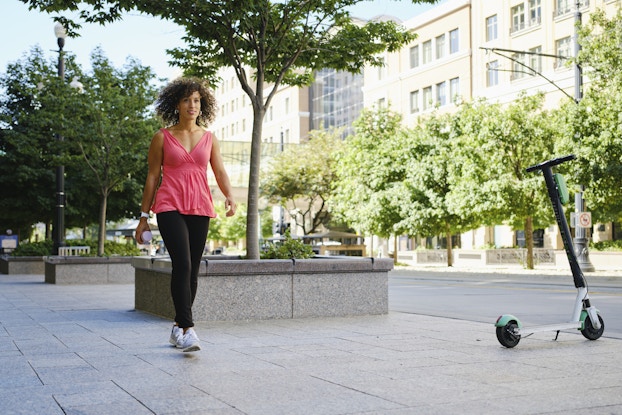
Physical fitness might not be high on your list of business growth strategies, but it should be. Moving more—even in modest increments—is one of the simplest ways for you and your employees to sharpen minds, reduce stress and absenteeism, and stimulate creativity and productivity.
“Exercise has powerful short-term benefits that have obvious application in the workplace,” said Jacob Meyer, an expert on the neurobiological effects of exercise and director of the Wellbeing and Exercise Laboratory at Iowa State University.
And it doesn’t have to be hard. A few examples from well-established scientific research:
- Physical activity improves concentration right away, and people who get and stay fitter generally have better concentration skills, too.
- Simply walking, even for just 10 minutes, can boost mood and improve overall physical health and mental well-being.
- Six months of moderate physical activity—akin to brisk walking—leads to improved ability to focus, organize tasks and achieve goals.
The pronounced effects of fitness even show up in brain scans. People who exercise moderately have more brain volume than those who don’t.


“Exercise can improve cognitive function and mood, reduce fatigue, increase energy, alertness and more, for minutes to hours afterwards,” Meyer told CO—. “If this is timed around the workday, the benefits can carry over into meetings, work-related tasks and change the general feelings within a business or workplace.”
Time is the most-frequently cited barrier to not being more active in the general population, but it does not have to be what prevents any individual from being active.Jacob Meyer, director of the Wellbeing and Exercise Laboratory at Iowa State University
On-the-job impact
The vast majority of Americans don’t meet federal guidelines for at least 2.5 hours a week of moderate activity (the equivalent of brisk walking) or 75 minutes of vigorous activity. Rather, we sit a lot. The average adult spends 6.4 hours a day seated. Office workers spend even more time sitting, and research has documented the effects:
- Employees who sit the most during the workday are less productive.
- Office workers who sit the most are more fatigued and less satisfied with their jobs.
- Workers who sit all the time have significantly higher risk for poor health, including back and neck pain, compared to those who sit less.
Lack of exercise can have direct impacts on your team in other ways. When supervisors are stressed, which of course they always are, they tend to take their frustrations out on employees. But when stressed supervisors exercise, they treat employees better, research shows.
[Read: 5 Small Business Owners on How They Support Employee Wellness]
Time to get started
There are several ways to encourage employees to be more physically active:
- Set an example through your own physical activity and educate employees on its importance.
- Conduct standing or walking meetings—whether in the office, outside the building or even when virtual.
- Suggest employees take a walk during their lunch break or when on a long phone call, and that they take other short walking or standing breaks throughout the day.
- Encourage walking or biking to work, or taking the stairs, among those who can.
Broader wellness programs, which might include inducements and education related to fitness, nutrition and health in general, are common in large corporations, but small businesses can set up wellness programs, too. Some insurance providers will help you set them up and even help run them. Company wellness programs that include a physical fitness component can reduce absenteeism and boost employee productivity and morale, according to the U.S. Centers for Disease Control and Prevention.
However you approach improving fitness for yourself and your employees, just don’t let lack of time be an excuse.
Some 50% of U.S. workers waste at least two hours a week on the job, mostly using social media and the internet for personal stuff. Perhaps an in-office gym, even just a room with mats for exercises that can be done with little or no equipment could replace some of that wasted time—before, during or after work.
“Time is the most-frequently cited barrier to not being more active in the general population, but it does not have to be what prevents any individual from being active,” Meyer said. “Clear benefits of physical activity exist even when it is performed in brief bouts, so even getting a few minutes in here or there is helpful.”
CO— aims to bring you inspiration from leading respected experts. However, before making any business decision, you should consult a professional who can advise you based on your individual situation.
Follow us on Instagram for more expert tips & business owners’ stories.
CO—is committed to helping you start, run and grow your small business. Learn more about the benefits of small business membership in the U.S. Chamber of Commerce, here.







